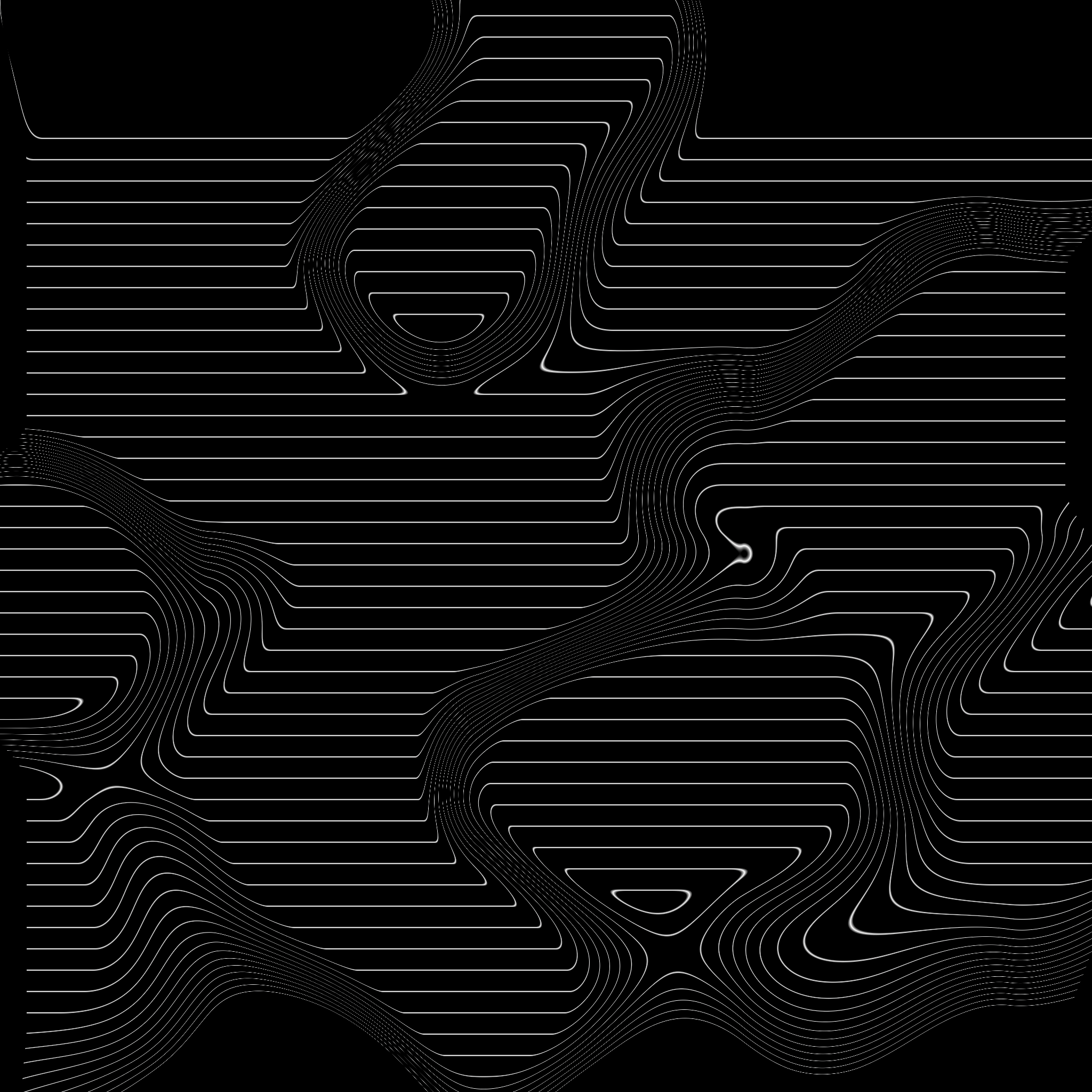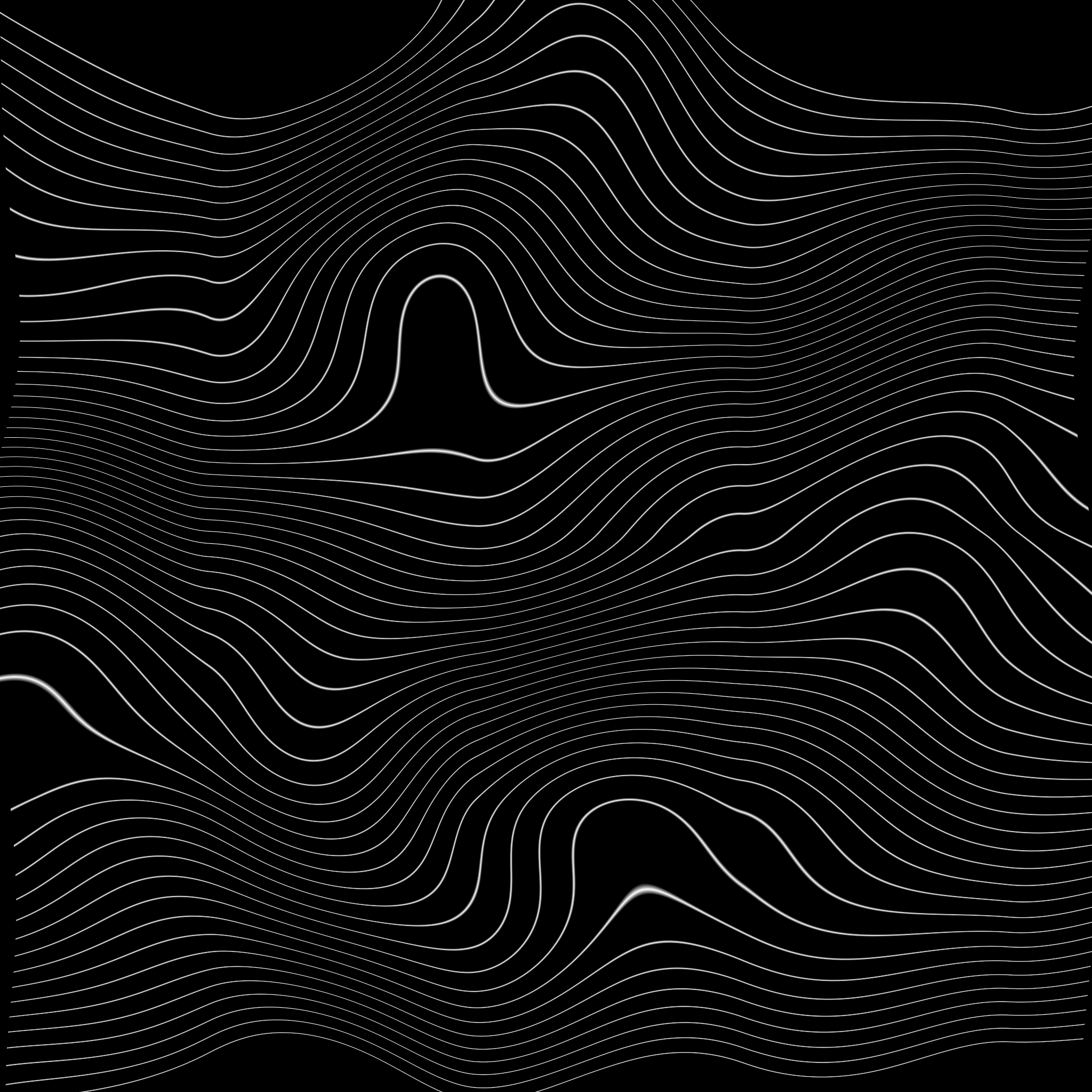Bodies in flux
To say a body is in flux is to say that it is alive,
That it is in the process of becoming.
Of changing, connecting and decaying.
Not all trajectories can be remapped.
Sometimes we are forced to travel roads that weren’t laid for us,
We must claim the soil that nurtures us,
And learn to play in the wilderness,
In the margins.
And then go beyond them, to stay grounded.
The stones in our pockets,
Remind us of where we have been,
What we know,
What our bodies have told us.
We move with our bodies,
And they move with us.
We can’t be split like atoms.
For the strength of survival is tied to our physical fragility.
Shaped by what surrounds us,
Swayed by winds that few can feel.
We are incidental barometers of the air we breathe,
Of how fast the world is revolving.
We dance between the revolutions,
Trying to understand these gaps in consciousness,
For to understand is a sort of progress,
Or is it just a regression?
It is definitely a folding-in on itself.
We are turning into everything else,
And everything else is turning into us.
We spin with the world.
Disorientation becomes our point of reference:
Vertigo is a way of seeing.
Everything connects and disconnects.
-From ourselves and to each other.
We are everything,
Which is to say we are nothing,
But nothing is still something.
Aliveness cannot be held close,
It needs space to breathe.
It leaks into the world.
Our flesh cannot contain it.
It is a myth that our limbs can retain anything.
There’s no inertia here,
That’s just how nature moves,
That’s just how our stories go.
Bones are strengthened (and weakened) by how they hit the ground,
So being in motion is a risk,
Being alive hurts.
But we aren’t the structures within us.
Our sense of self is only formed out of the way others hold it,
And all the ways we seep and grow into our environment,
All of it is connected somehow.
These connections define the undefinable,
Facts are Illusions, just leaky vessels for understanding,
So, what are we?


